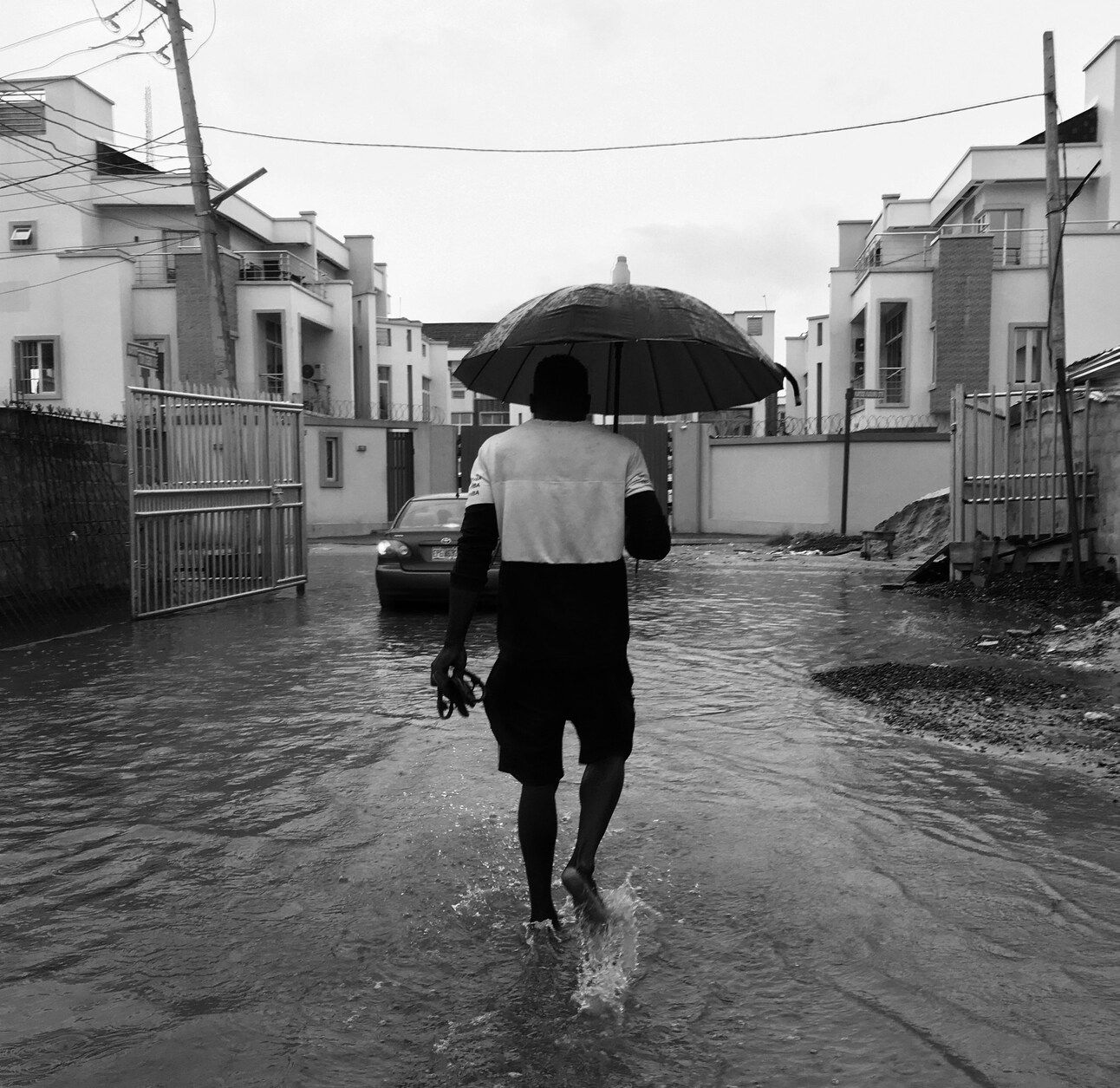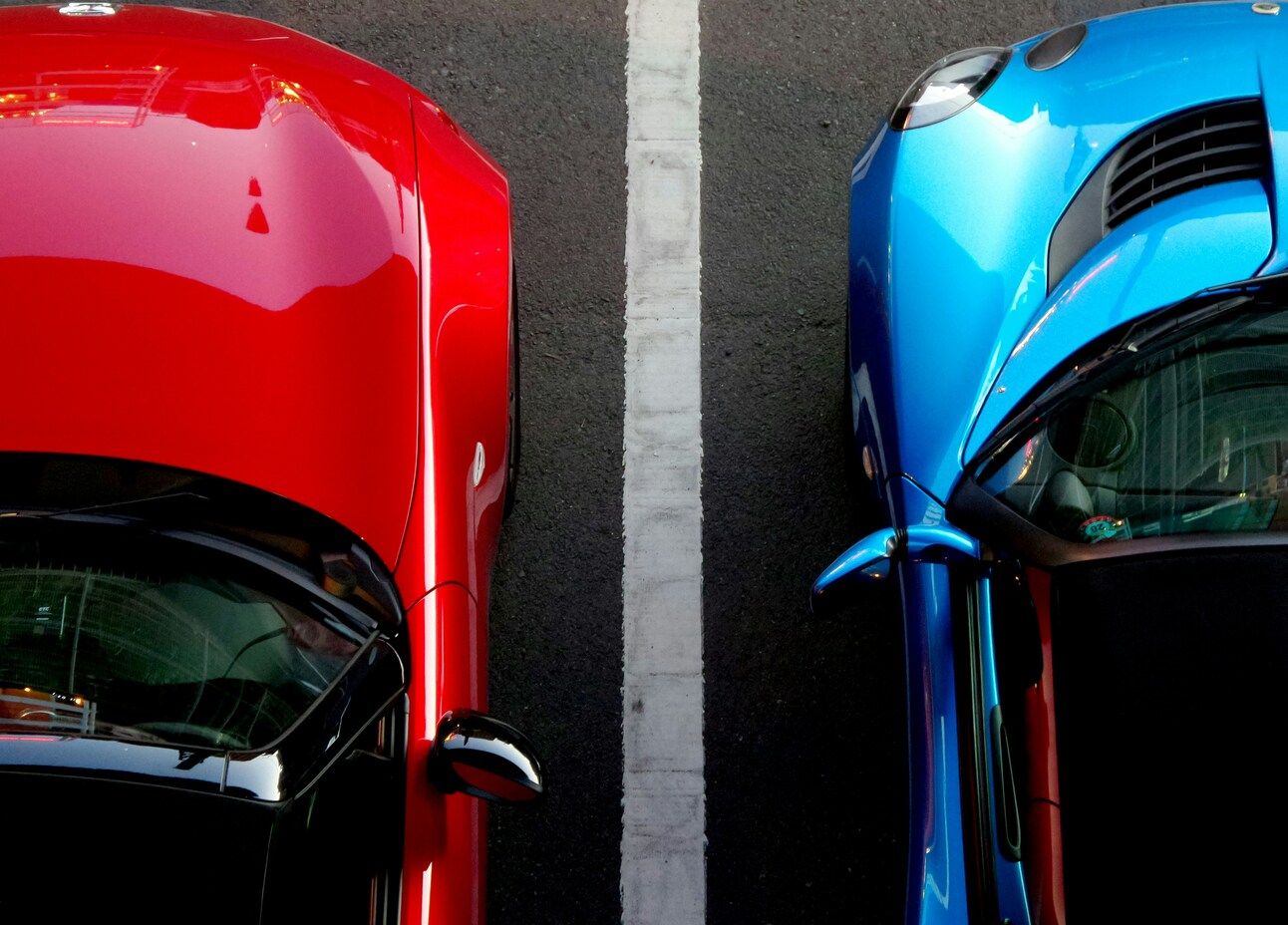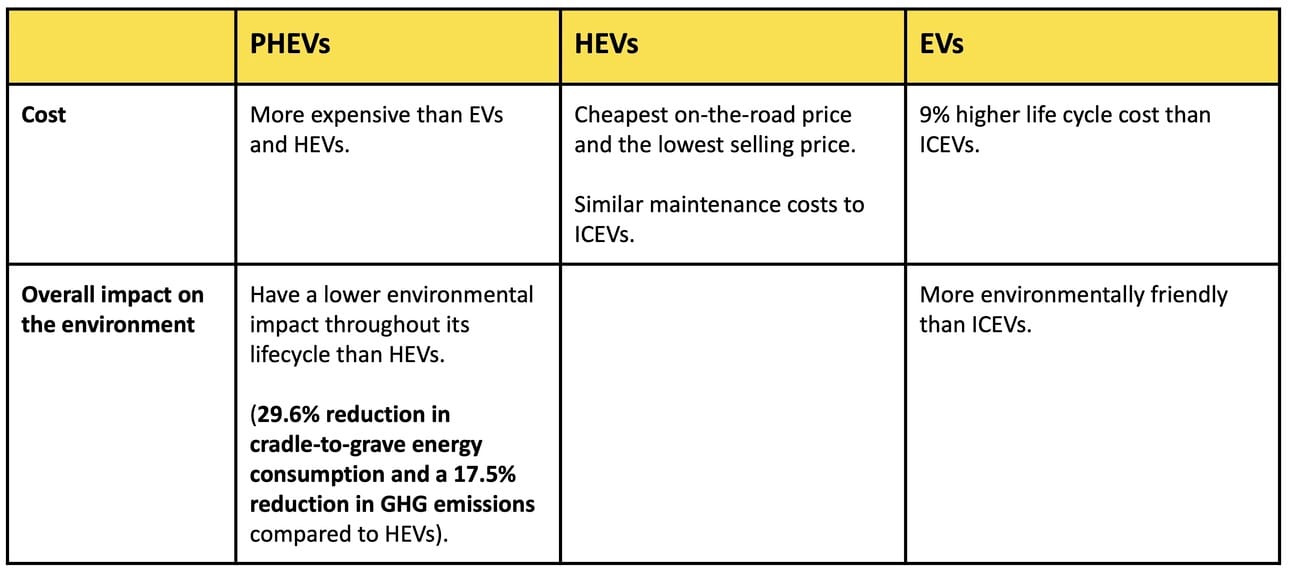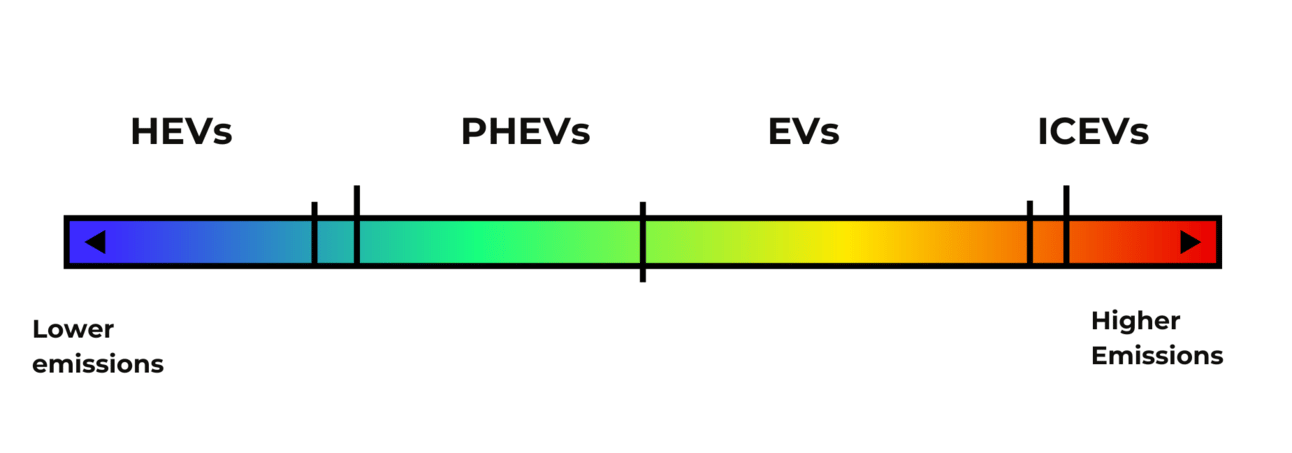- Soma Mater's Newsletter
- Posts
- Soma Mater's Newsletter
Soma Mater's Newsletter

Welcome to the SOMA MATER weekly newsletter.
This weekly newsletter highlights the top 3 stories from the past week in sustainability, along with SOMA MATER's analysis and perspective.
What role do the new charging fees for electric vehicle (EV) play in the UAE’s transition towards sustainability?
How can governments mitigate extreme weather patterns that are now becoming more frequent and severe in the region?
Are EVs the ultimate solutions in the shift towards green mobility?
Sustainably yours,
The SOMA team
Charge Up and Pay Up: UAE's New EV Charging Fees

A recent Cabinet Resolution has set a unified pricing structure for charging electric vehicles (EVs) in the UAE. This is set to standardize the EV charging infrastructure across the country. Today, charging rates vary and some are offered for free.
Under the new regulation, service providers will charge a minimum of Dh1.20 plus VAT per kWh for an ‘express’ charging service and a minimum of Dh0.70 plus VAT per kWh for a ‘slow’ one. The new fees, which depend on the type of charging service, are set to be effective from September of this year. This is expected to encourage investors to install more renewable energy sources, such as solar panels.
The EV market is growing. The share of electric vehicles in total sales has increased from around 4% to 18% in just 3 years. EV sales in the UAE almost quadrupled in 2023, rising from 3.7% in 2022 to 11.3%. The UAE's National Electric Vehicles Policy has aimed to develop a national network of electric vehicle (EV) chargers, enhance road quality, and promote green mobility. The policy targets a 20% reduction in transport energy consumption and aims for EVs to make up 50% of vehicles by 2050.
Soma’s Perspective:
A higher market share for EVs within the mobility sector will help the UAE achieve their climate goals, aligning with the country’s UAE Net Zero Strategy 2050. More EVs on the roads means greater emission reductions contributing to improved air quality and reduced noise pollution, which together enhance the overall quality of life in the country. The new Cabinet Resolution will not only incentivize the utilization of greener energy sources for charging stations, such as distributed solar, but also promote a more regulated and well-developed infrastructure for EV drivers. This regulation is expected to accelerate the adoption of EVs by reducing range anxiety and ensuring more accessible charging options. Moreover, as the infrastructure grows, it could lead to cost reductions in EV technology and charging services, making electric vehicles even more attractive to consumers. This comprehensive approach will support the UAE’s transition to sustainable mobility while driving innovation and economic growth in the green mobility sector.
Sources:
When it Rains, it Pours: Regional August Downpours

Atypical August rains are showering countries in the MENA region. Torrential rains in Saudi Arabia have swept away camels and cattle. These flash floods led to the partial collapse of a section of the Jazan Valley Bridge as the floods eroded the bridge’s bases. The death toll has risen to 9 people. Climate records reveal that the Jazan region has experienced the highest rainfall during August in the past 30 years.
Other incidents in the Kingdom included the collapse of commercial building roofs, home flooding, and stranded vehicles. Rain has continued to batter the Jazan region and its governorates over the past week. Local authorities were on high alert to manage the aftermath.
In Yemen, 7 days of torrential rain and flash floods has also taken a toll. The flooding has taken the lives of at least 45 people, displaced 10,000 people, buried at least 80 wells, and devastated fields of crops. The floods have also caused significant damage to houses and infrastructure. This is set to only exacerbate the current state of food security in the country.
Several regions in the UAE also experienced light rain showers over a couple of days. July and August are among the months with the lowest levels of precipitation in the UAE. Climate change is expected to continue increasing the intensity and frequency of extreme rainfall events in the UAE.
Soma’s Perspective:
These extreme weather patterns are becoming more frequent and severe and their impacts have drastic consequences. Governments and local authorities should prioritize climate resilience by investing in robust infrastructure, improving early warning systems, and developing comprehensive disaster response plans to mitigate those risks. SOMA has been tracking the extreme weather situation in the GCC region. Trends indicate this rainfall to become more frequent and that investing in water capture should be the focus of long-term investing in the region. Additionally, fostering public-private partnerships can accelerate the deployment of innovative solutions, such as climate-adaptive building technologies and renewable energy integration, ensuring that the region not only withstands these challenges but also thrives in a changing climate. Such investments will help protect the region’s vital sectors, such as oil and gas, tourism, and real estate, from the costly disruptions caused by extreme weather events, securing long-term economic stability and sustainability.
Sources:
https://gulfnews.com/world/gulf/saudi/saudi-arabia-jazan-floods-claim-2-more-lives-1.1723304291386
https://gulfnews.com/world/gulf/saudi/saudi-arabia-jazan-floods-claim-2-more-lives-1.1723304291386
https://www.nature.com/articles/s41598-023-49910-8 https://drive.google.com/file/d/1jQSqdsIyOdqYxPToaxD7jlKA4F3pMSUy/view?usp=drive_link
https://gulfbusiness.com/uae-weathery-rain-hits-parts-of-abu-dhabi-al-ain/
HEVs, PHEVs, EVs, and ICEVs: Watt's Up with Your Ride

Comparing vehicles’ sustainability is complex. Hybrid Electric Vehicles (HEVs), Plug-in Hybrid Electric Vehicles (PHEVs), Electric Vehicles (EVs), and Internal Combustion Engine Vehicles (ICEVs) have differing benefits and disadvantages.
In terms of cost, HEVs generally offer the cheapest on-the-road price and the lowest selling price, with maintenance costs similar to ICEVs. PHEVs are more expensive than both EVs and HEVs, while EVs have a 9% higher lifecycle cost compared to ICEVs.
In terms of impact on the environment, PHEVs have a lower environmental impact throughout their lifecycle than HEVs, with a 29.6% reduction in cradle-to-grave energy consumption and a 17.5% reduction in greenhouse gas (GHG) emissions. All types of electric vehicles are more environmentally friendly than ICEVs.
In terms of energy consumption and emissions, HEVs and PHEVs consume energy and emit emissions in differing amounts throughout the vehicle’s stages. HEVs have the lowest emissions overall. EVs can reduce CO and CO2 emissions significantly, but have high environmental impact during manufacturing. For that reason, PHEVs are the most environmentally-friendly when considering the vehicle’s entire lifecycle.


Soma’s Perspective:
The main drawbacks of electric vehicles are the environmental and ethical concerns associated with its battery production, including the extraction of raw materials and energy-intensive manufacturing processes. Decarbonizing this process and switching to cleaner electrical sources will maximize EVs' environmental benefits and lower emission costs. HEVs offer a balanced combination of selling price, emission cost, and maintenance cost for the market.
The green mobility industry in the GCC is rapidly evolving, driven by the need for sustainable energy solutions, economic diversification and technological innovation. There is a strategic shift towards sustainability characterized by the region’s willingness to embrace the EV opportunity, through the development of local capabilities in battery production and recycling in the UAE for example, in addition to its regulatory and policy support.
Sources:
https://taraenergy.com/blog/ev-batteries-understanding-benefits-challenges-and-operation/#:~:text=Resource Extraction Challenges%3A,soil degradation%2C and water pollution.
https://www.sciencedirect.com/science/article/pii/S1110016823009055
SOMA MATER is writing Intelligence Reports on the topics of Food Security and Net Zero Transition. If you’d like to know more, contact us through the link below: